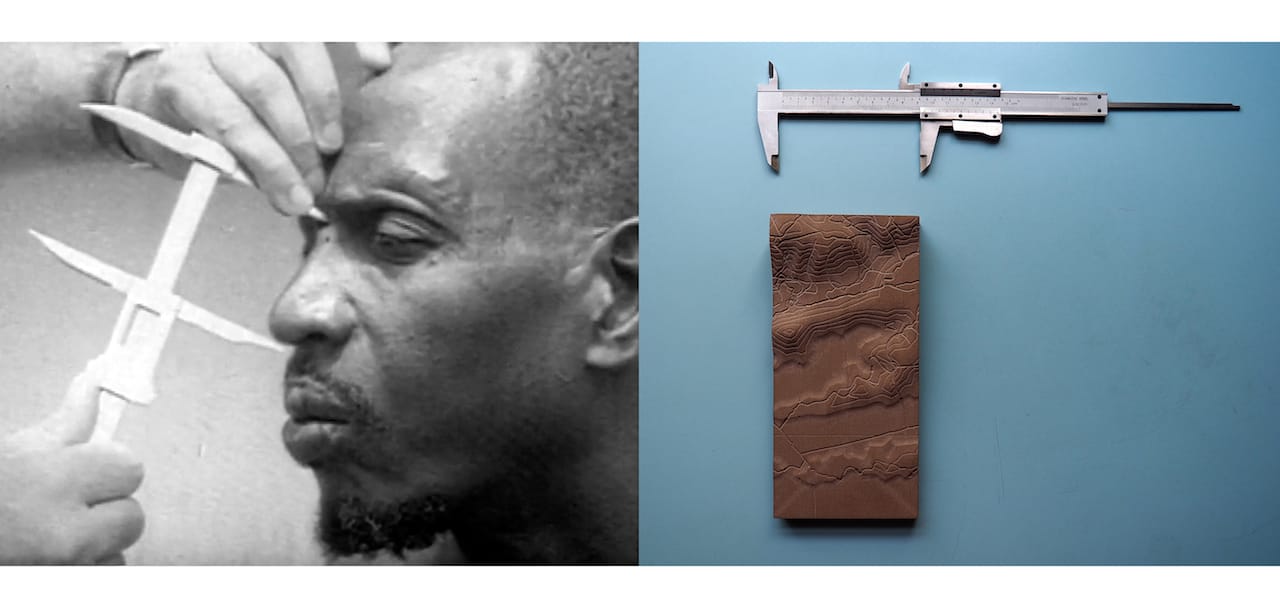
Blame it on the Nose
In colonial Africa western units of measurement rendered illegible characteristics of people and place, into familiar and legible systems of subjects and territory. The command of physical and cultural space relies upon the individuation of the unfamiliar and reformation into the realm of familiarity. This particular logic of colonialism is violently expressed in the interventions of Rwanda.
Physical appraisal of the unfamiliar/native body determined ethnic identity in colonial Rwanda. The Eurocentric gaze idealized the anthropometric dimensions of the Caucasian body as proportionate to cultural sophistication. Physically measured against imaginary, yet absolute, dimensions of the European figure Rwandans were assigned ethnic ranking. This socio-cultural ranking permitted a system of subjects to be administered, but the ensuing hierarchy of power consequently legitimized the annexing of one tribes land over another.
Citizenship in post-war Rwanda declares equal rights are obtained via a single national-identity inclusive of eschewing ethnic references and established habitat relations with the landscape. For Rwandan indigenous communities citizenship means forced reintegration into “modern”/“developed” housing and the loss of cultural/livelihood claims to land. As war in Rwanda has fundamentally been a conflict of exclusionary/inclusionary citizenship rights, for non-western communities citizenship remains another rational measurement of the modern era.
Killian Doherty
An architect Killian Doherty is interested in the built consequences of development politics and modernity in sub-Saharan Africa. Work and research appears in Architectural Review, MAS Context, Footprint: Delft Architecture Theory Journal and VOLUME. He is currently completing a PhD by Design at the UCL Bartlett School of Architecture. architecturalfieldoffice.org | @ArchitectureFO